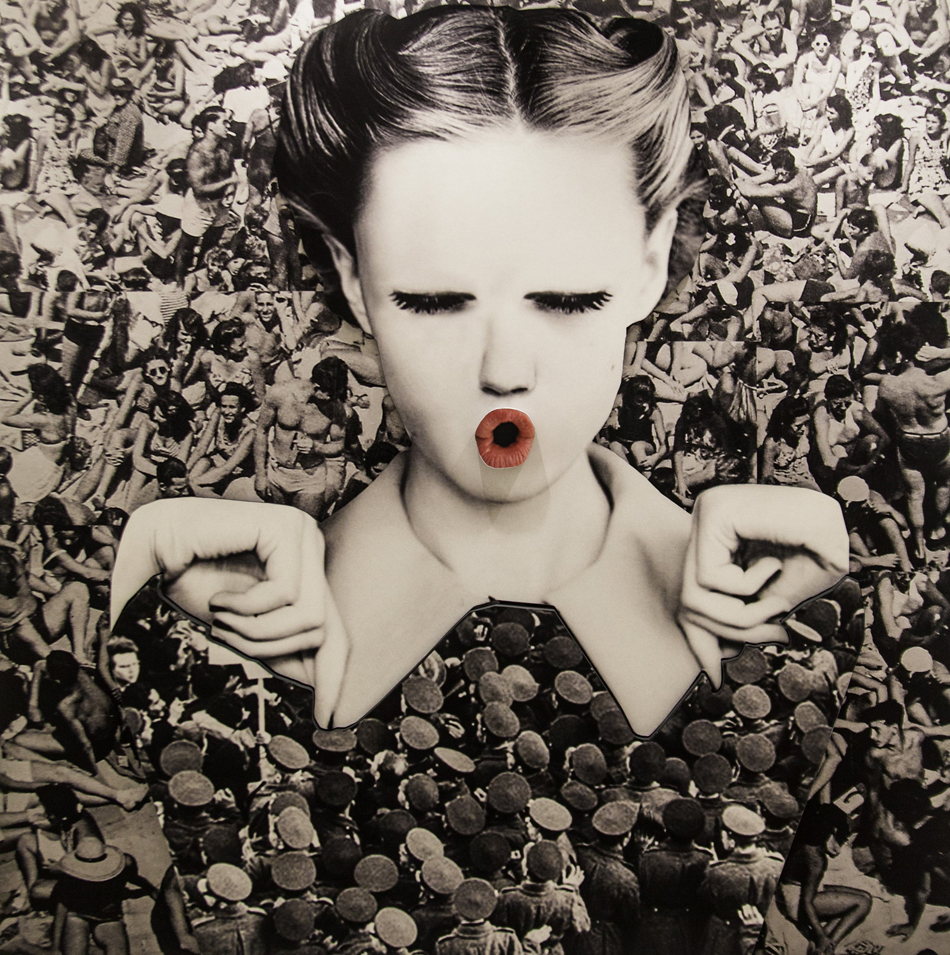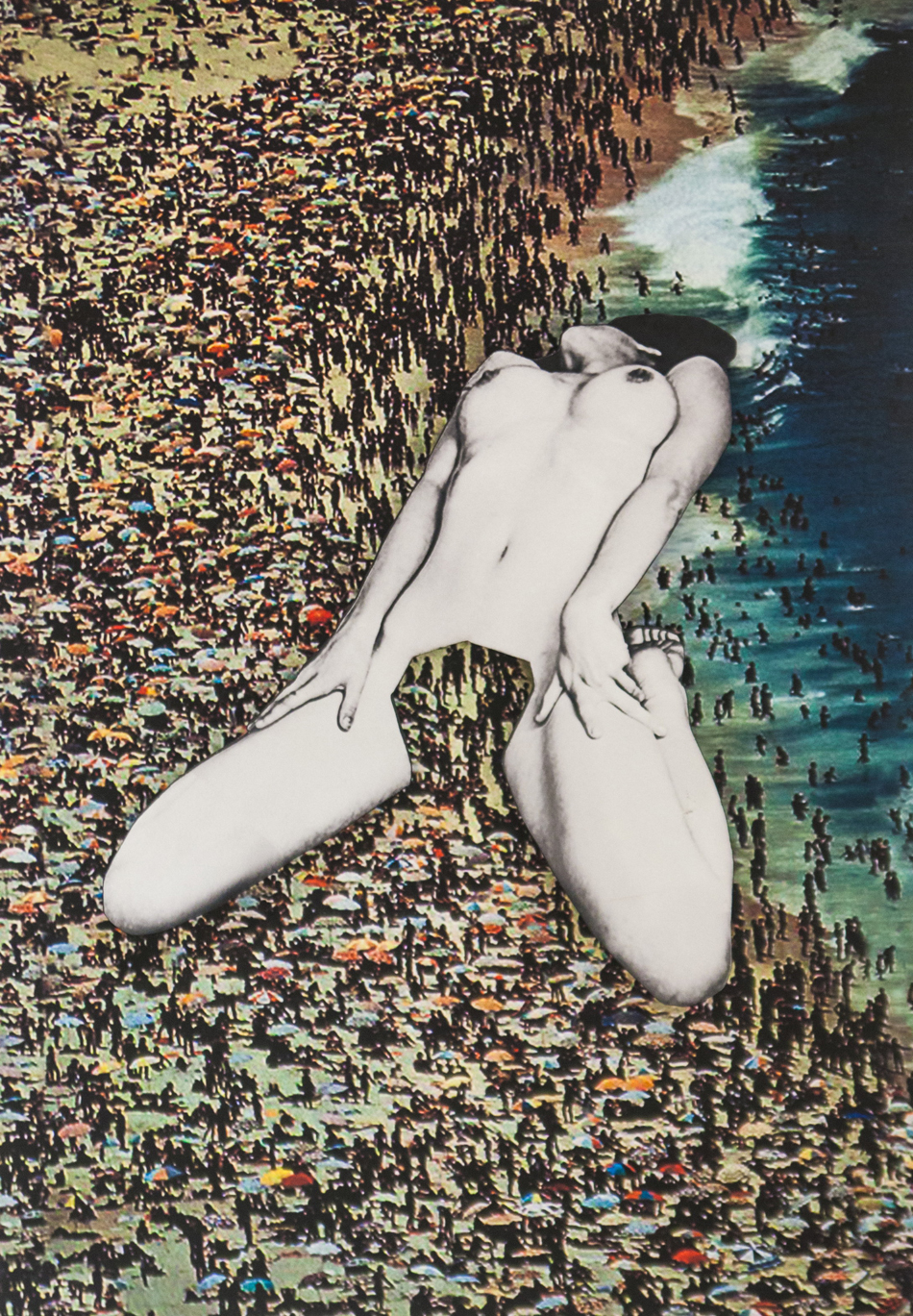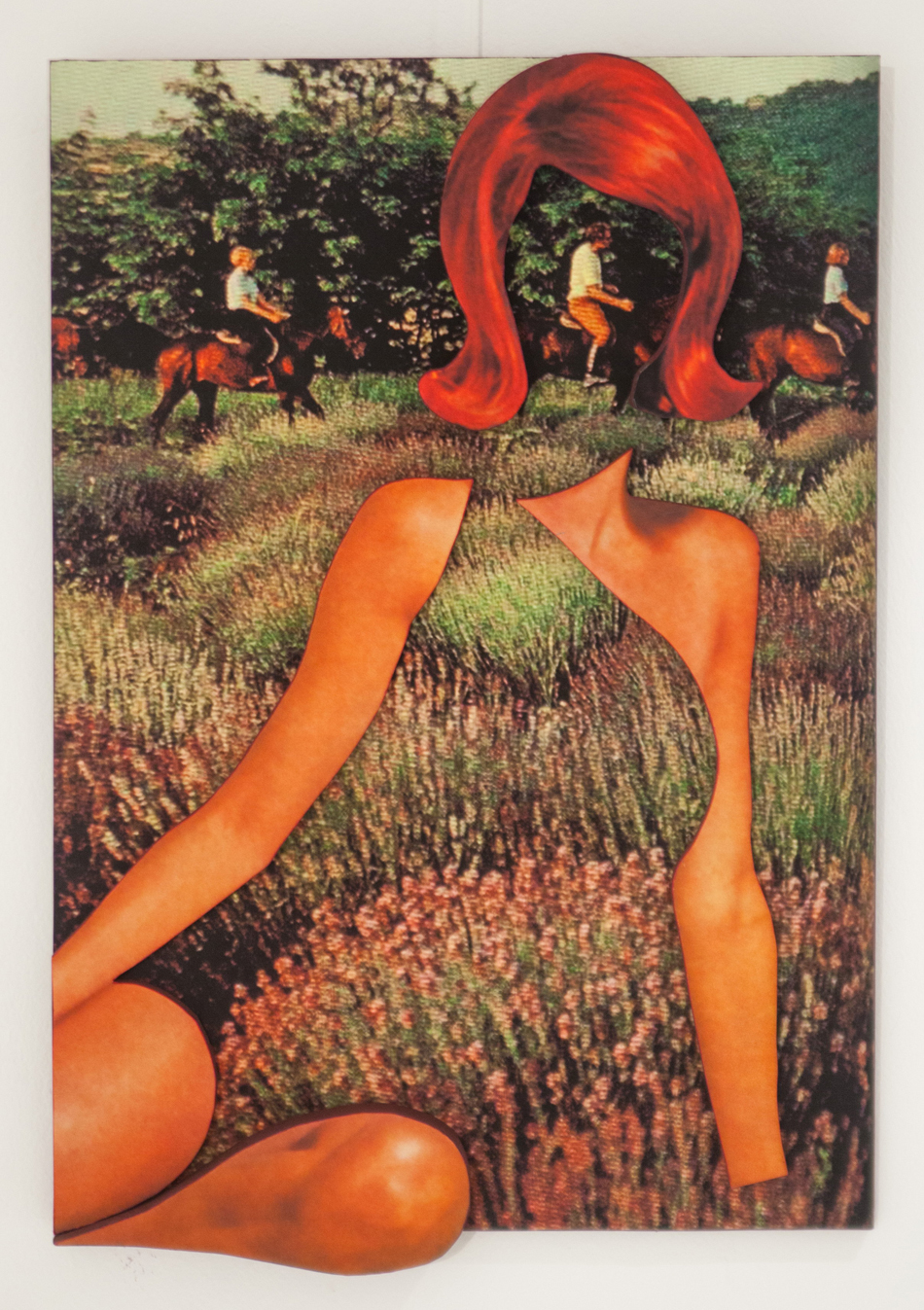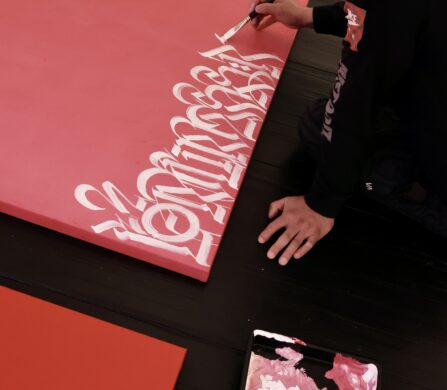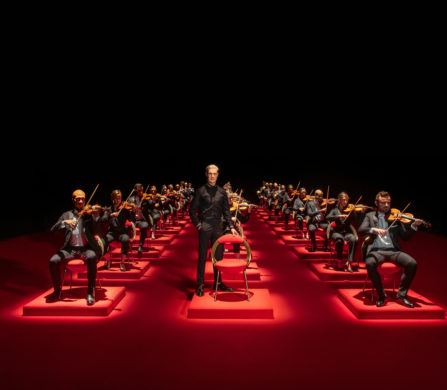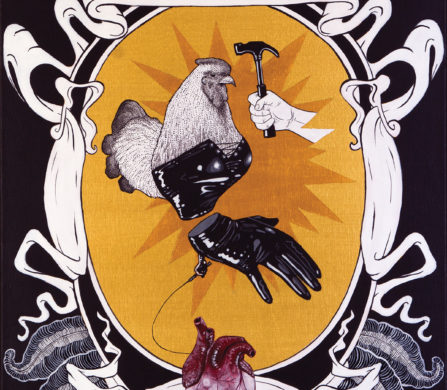Turkish artist Damla Özdemir is certainly not afraid to get her hands dirty with various materials and techniques. The rising mixed-media artist is particularly known for her critical approach to the commodification of women, with a particular interest for dystopian visions. Schön! sat down with Damla Özdemir to discuss the feminist subtext in her work, her dystopias and the future of mixed-media art as she prepares to launch her solo exhibition in Istanbul.
You are a Film & Television graduate. How did this academic path shape your visual perception?
I did a double major on Advertising, which predictably resulted in both worlds broadening my vision with different aspects. Back then, my dream was to focus on animation; a rather unrealistic ideal in today’s world. That’s why I started writing scripts, mainly fantastical dystopias. Then I made drawings of them, which created the urge to connect those drawings and words with reality, thus resulting in my first experiments with collage art. Currently I am trying to give a physical characteristic to my works by adding a third dimension. So you could say that from the very beginning I was actually working according to the same collage principle and transforming it into various forms and meanings.
Would you say there is a feminist subtext to your work?
Well, I usually don’t claim that it does because what I do just feels so natural to me. Instead of labelling it with feminism or anything else, I feel that this is simply a humanistic approach. The subtext has formed in a spontaneous way.
What exactly do you mean by spontaneous?
I, as a woman, create works about my own existence. I can see the reason why this may seem as a feminist manifesto to many. I have a problem with the understanding of my body as if it had been created for the pleasures of men. Does this make me a feminist? I don’t know.
From plastic to neon, you use various materials during your creative process. What is your favourite material to work with?
Wood, of course! I once told a friend that wood is like a woman. It is easy to shape, but it is solid. It can only get disfigured with great impacts. Wood always looks for a balance, and somehow finds it. When I started playing around with wood, the inspiration came naturally and now just keeps growing.
You have previously mentioned that 20th-century sci-fi movies are e a huge inspiration in an interview. Can you talk a bit about this?
I have been into sci-fi dystopias for a very long time now. I read a lot, try to watch as many movies as possible and try to collect the moments that can inspire me. Actually it is not that hard to relate with dystopias, especially when you realise how the world we live in is ruined and how our vital rights as humans are being violated. The majority of the world, including Turkey, is the perfect example for this; we are constantly being controlled, exploited and manipulated. Those who have the power desperately struggle to survive with their self-destroying God complex. The weather is always polluted, what we eat is everything but organic. Not to forget that the electronic devices have literally become extensions of our selves. Sounds familiar; almost like something from of Brazil, Dark City or Metropolis.
Mixed-media art has been on the rise yet the term is slightly over-used. Would you agree with this?
I do agree with the fact that it has been over-used for the past few years; however, I don’t think that this is necessarily a negative thing. It is not possible for art to be monotonous – even this adjective is contradictory in its nature. We are surrounded with innumerable opportunities and dynamics; artists see everything as a possible material, we then internalise these materials as a possibility and come up with a piece of art. And as the market always tries to classify works within the boundaries of a discipline, the term mixed-media is referred to more and more frequently.
What do you think about the art scene in Istanbul?
It is both very easy and hard to be an artist in Istanbul. It is easy, because even if you turn out to create garbage, you can market this garbage and become successful thanks to the unsettled dynamics in the art market. It is hard, because you can come up with something unique and valuable, yet the aforementioned unsettled dynamics may fail to market it, and it will, in turn, be seen as garbage.
What else is there for the future of art?
I think the disciplines and various mediums will blend into each other, the introductory process of this has already started. Referring to your previous question, it is quite likely that the majority of artworks will be defined as mixed-media.
For more information on the works of Damla Özdemir and on upcoming exhibitions click here.
Words / Bugu Melis Caglayan
Check out the newest Schön! Magazine
Schön! in glossy print
Download Schön! the eBook
Schön! on the Apple Newsstand
Schön! on Google Play
Schön! on other Tablet & Mobile device
Read Schön! online
Subscribe to Schön! for a year
Collect Schön! limited editions












